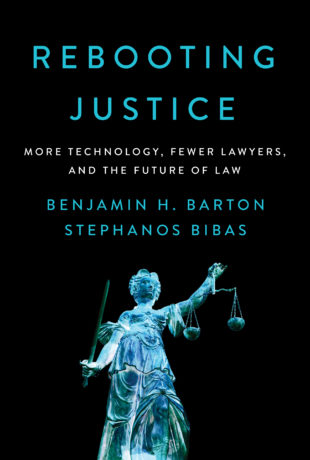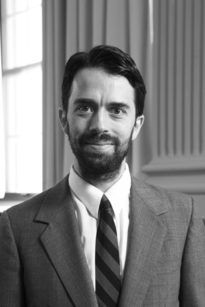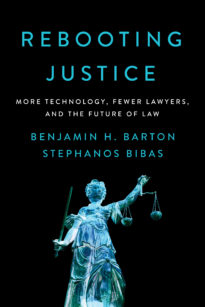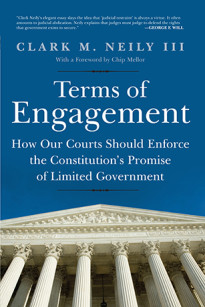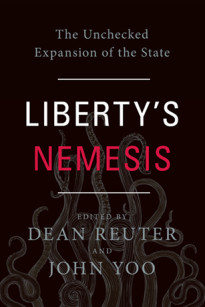Fans of the podcast Serial will recall the story of this high-school murder: On January 13, 1999, Baltimore teenager Hae Min Lee disappeared after high school and was later found strangled and buried in a park.
The next year, her ex-boyfriend Adnan Syed was convicted of her kidnapping and murder and sentenced to life imprisonment. There was no physical evidence linking Adnan to Hae’s murder, so at trial the State built its case on three main kinds of evidence: First, Adnan’s acquaintance Jay testified that Adnan had told him in advance that he was going to kill Hae and that, after the killing, Jay had helped Adnan to bury Hae’s body. Second, the State introduced cellphone call and location records that suggest that Adnan and Jay may have been together midafternoon on January 13 and that, the same evening, the cellphone was near the park where Hae was buried. Third, there was character evidence, some of which suggested that Adnan was angry about the breakup and was the kind of person who could have killed his ex-girlfriend. Also, Adnan offered no evidence to support an alibi or that he had tried to page Hae after she disappeared.
But, as Serial fans will also recall, the State’s case suffered from serious weaknesses. First, Jay had plenty of incentives to blame someone else to minimize his own punishment. Jay was a marijuana dealer who had had previous run-ins with the law. He repeatedly admitted, to police and to the jury, that he had lied about various facts to avoid blame or minimize punishment. By his own admission, he was involved in burying Hae’s body, which made him at least an accessory to murder and warranted suspicion that he was the killer. As Jay admitted, the police detectives threatened to charge him with Hae’s murder unless he implicated Adnan in the killing. Conversely, prosecutors offered him an extremely favorable plea bargain, under which he received only a suspended sentence and served no jail time. They also took the highly unusual step of getting him a specially selected private defense lawyer, perhaps to further his cooperation. And Jay kept changing details of his story, weakening its credibility.
Second, the cellphone call records conflicted with Jay’s own timeline. Jay admitted that Adnan had lent him Jay’s car and cellphone for much of the day, so the presence of the phone near the grave site might implicate Jay rather than Adnan. And the details of the midafternoon call do not line up with the testimony of the woman who received that call: she vaguely remembers a call close to the evening, and testified that it happened while Adnan was at a job that he did not get until two weeks later. Third, the character evidence was conflicting, no one accused Adnan of any remotely similar crimes before, and character evidence alone hardly suffices to prove a crime beyond a reasonable doubt. The same is true of Adnan’s lack of proof of an alibi or of trying to page Hae after her disappearance.
There was thus plenty of ammunition for a good defense attorney to use to create reasonable doubt. The lack of physical evidence often matters greatly to jurors used to CSI and similar crime shows. Jay was an admitted liar and drug dealer who had repeatedly changed his story to make it fit the police and prosecution’s version of events. Character evidence is flimsy, and a good defense lawyer could easily have turned the cellphone records against the prosecution to highlight the implausibility of its timeline.
